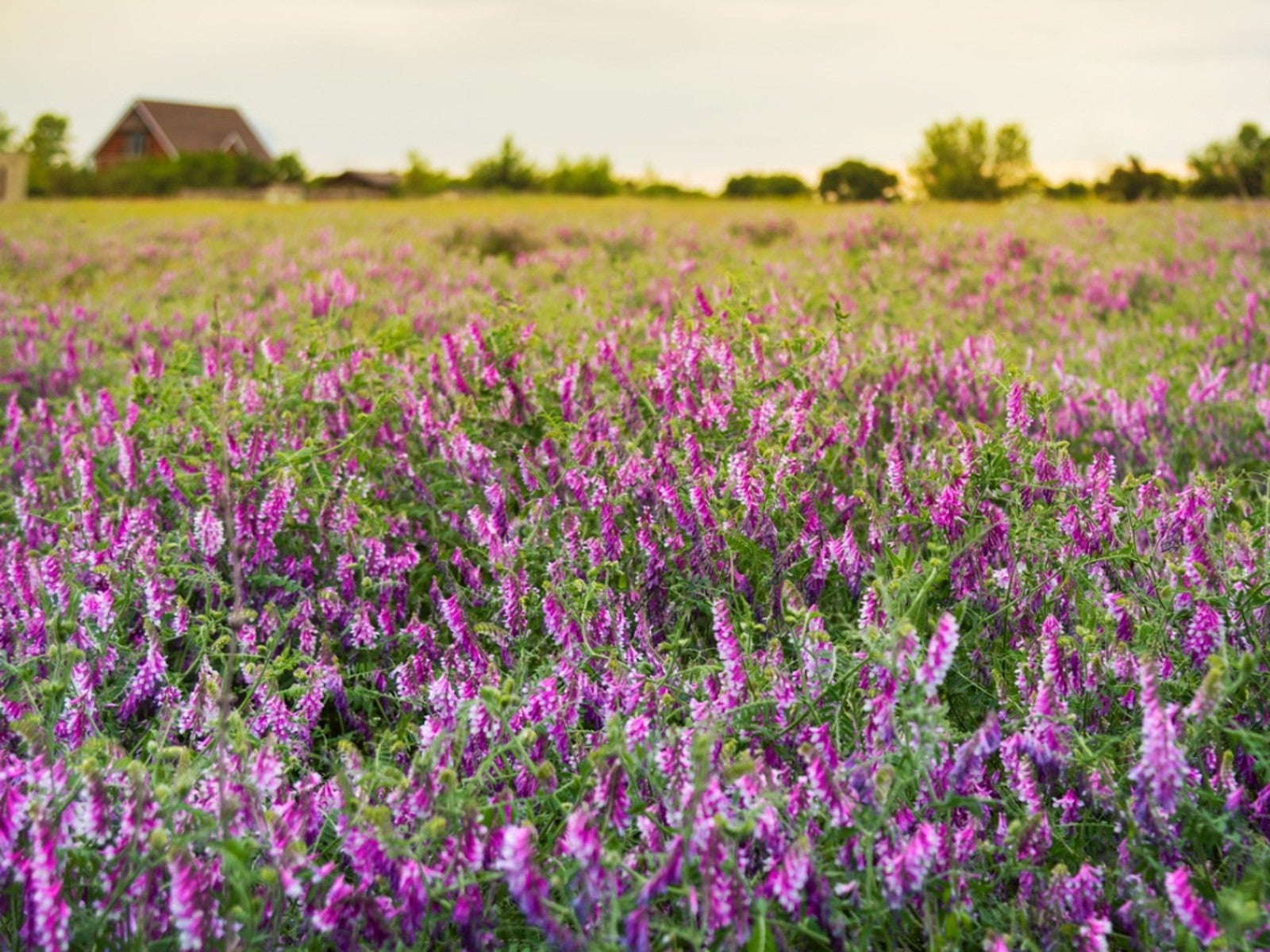Grow Plants That Improve Soil


As plants grow they use minerals and nutrients in the soil. Over time, these elements need to be replaced to enhance soil health and provide plants with what they need to thrive. There are many ways to do this -- chief among them is using organic soil amendments like compost. Soil building plants are also a great way to improve soil quality and are suitable for large scale farms or the home garden.
There are many plants that help soil. Plants can increase porosity, entice beneficial organisms, stabilize soil, and add nutrients back into that soil. What plants improve soil? Both annual and perennial plants can enhance fertility and provide other benefits. Selecting a nitrogen fixing plant reaps that much-needed nutrient. Plants can be used as green manure or cover crops, which are usually planted during the fallow season when crops are not actively growing.
What Plants Improve Soil?
Some of the best bets for enhancing soil health are perennials. Most perennials have longer roots than annuals. Much of the nutrient loss in soil is from erosion. Excess water leaches the nutrients away from the soil. To stabilize soil, long rooted perennials are essential. The long roots hold carbon, moisture, and effectively enrich the soil.
Plants introduce carbon to soil from photosynthesis. During the process, plants pull carbon dioxide from the air and release the carbon into the soil. This is called carbon sequestration. While some carbon is lost in the leaves during transpiration, more is stored in parts of the plant. When a plant dies or loses leaves, the decomposing material deposits the carbon into soil.
Plants That Fix Nitrogen
The 3 main nutrients that plants need to grow are nitrogen, phosphorus, and potassium. Plants also need many micronutrients and minerals, but these three are the main drivers of growth. Nitrogen guides green leafy growth and is often the highest requirement for plants. Many plants such as grass are considered to have high nitrogen needs. In the vegetable garden, lettuces and other greens consume a lot of nitrogen. Using a nitrogen fixing plant in quantity can add back that nitrogen after plants have used up the nutrient. Plants in the legume family are most efficient at reintroducing nitrogen. This is due to a bacteria on their roots that converts nitrogen gas obtained from the air into a form that is easy for plants to use.
Types of Cover Crops
Planting cover crops or green manures is a simple way to enhance soil fertility and tilth. There are both warm season and cool season crops from which to choose. Warm season crops are planted in spring or early summer. They will keep weeds down, moisture in, and prevent erosion.
Plant cool season crops in late summer to early fall. Annual cover crops are killed by winter temperatures and will decompose back into the soil, but some crops will go dormant and then start to grow again in spring. Some useful nitrogen fixing crops:
Gardening tips, videos, info and more delivered right to your inbox!
Sign up for the Gardening Know How newsletter today and receive a free copy of our e-book "How to Grow Delicious Tomatoes".
Other crops might be:

Bonnie Grant is a professional landscaper with a Certification in Urban Gardening. She has been gardening and writing for 15 years. A former professional chef, she has a passion for edible landscaping.